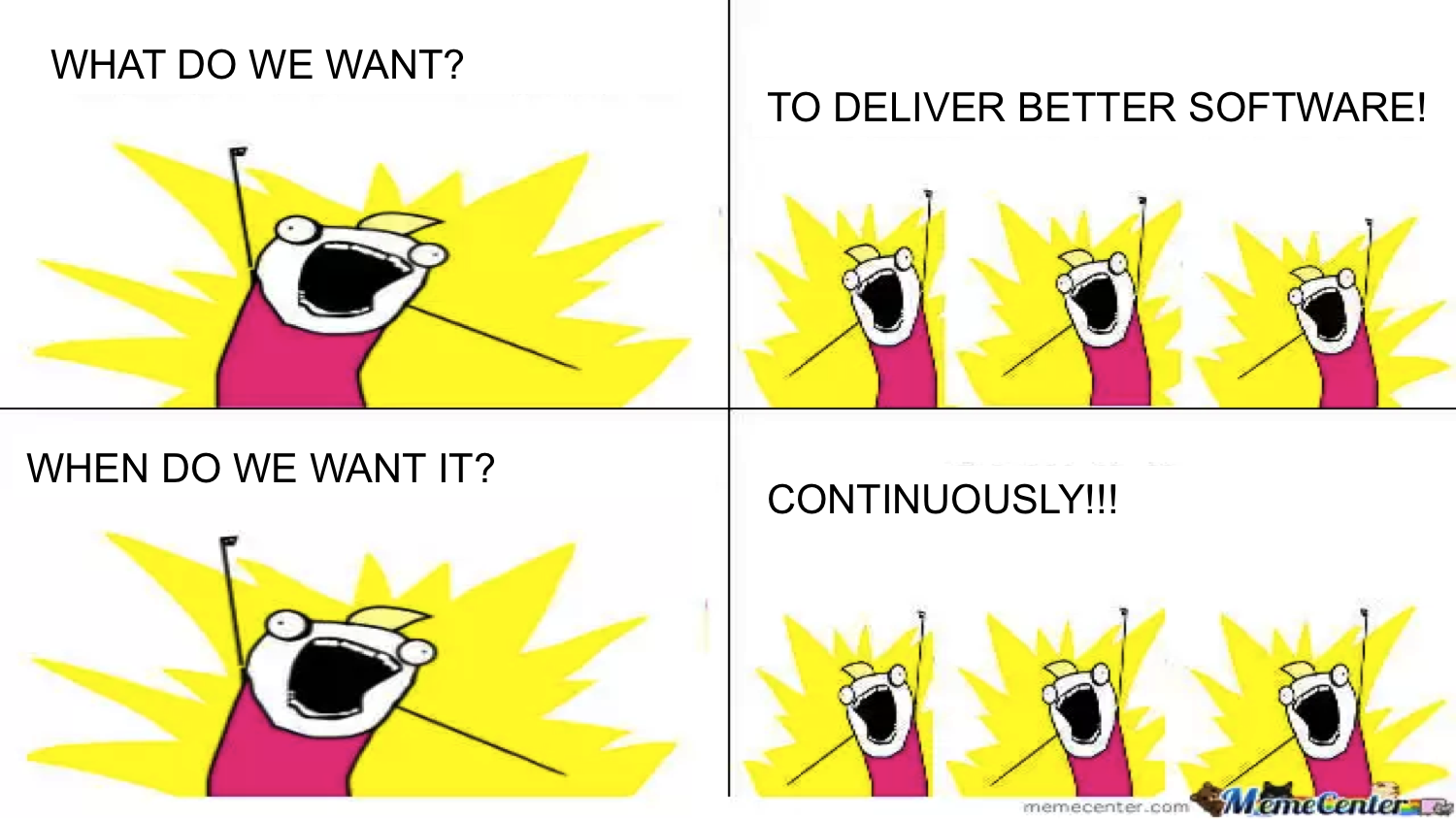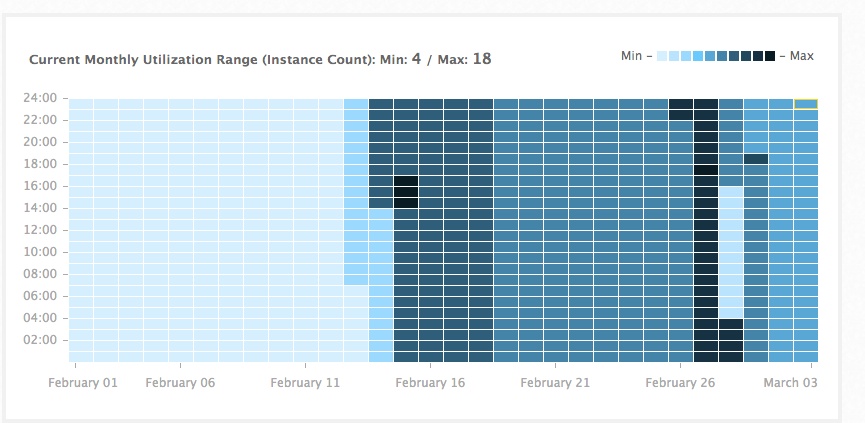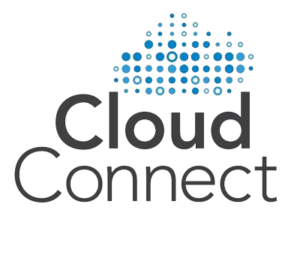5 Things You Should Know About Continuous Deployment…by the Man Who Coined the Term
 Tech Guru Timothy Fitz on making the jump to Continuous Deployment, the buzz around DevOps, and why GitHub has set back Software Departments by 5-10 years…
Tech Guru Timothy Fitz on making the jump to Continuous Deployment, the buzz around DevOps, and why GitHub has set back Software Departments by 5-10 years…
BlazeMeter invited me to ask 5 key questions to Timothy Fitz – the man who coined and popularized Continuous Deployment. Here are the results:
How would you define continuous deployment and how is it different to continuous delivery?
Timothy Fitz: This is a great question that isn’t frequently asked, since it is often assumed that they both mean the same thing. Usually, when people refer to continuous delivery, they actually mean continuous deployment.
(more…)


 The cloud has allowed modern, web-scale IT companies, like Airbnb and Netflix, to grow and flourish into booming enterprises all over the web. With its flexibility and efficiency, it supports the demand of an organization’s growth from zero to millions of users, allowing them to prepare for this potential growth, as well. Before the cloud, simulating millions of concurrent users and running scalability, stress, or stability tests was very hard to implement, if not impossible. Cloud technology has brought software testing, especially performance testing, to a whole new playing field.
The cloud has allowed modern, web-scale IT companies, like Airbnb and Netflix, to grow and flourish into booming enterprises all over the web. With its flexibility and efficiency, it supports the demand of an organization’s growth from zero to millions of users, allowing them to prepare for this potential growth, as well. Before the cloud, simulating millions of concurrent users and running scalability, stress, or stability tests was very hard to implement, if not impossible. Cloud technology has brought software testing, especially performance testing, to a whole new playing field. Over the last year I had endless conversations with companies that strive to adopt the cloud – specifically the Amazon cloud. Of those I met, I can say that ClickSoftware is one of the leading traditional ISVs that managed to adopt the cloud. The Amazon cloud is with no doubt the most advanced cloud computing facility, leading the market. In my previous job I was involved in the ClickSoftware cloud initiative, from decision making with regards to Amazon cloud all the way to taking the initial steps to educate and support the company’s different parties in providing an On-Demand SaaS offering.
Over the last year I had endless conversations with companies that strive to adopt the cloud – specifically the Amazon cloud. Of those I met, I can say that ClickSoftware is one of the leading traditional ISVs that managed to adopt the cloud. The Amazon cloud is with no doubt the most advanced cloud computing facility, leading the market. In my previous job I was involved in the ClickSoftware cloud initiative, from decision making with regards to Amazon cloud all the way to taking the initial steps to educate and support the company’s different parties in providing an On-Demand SaaS offering.
